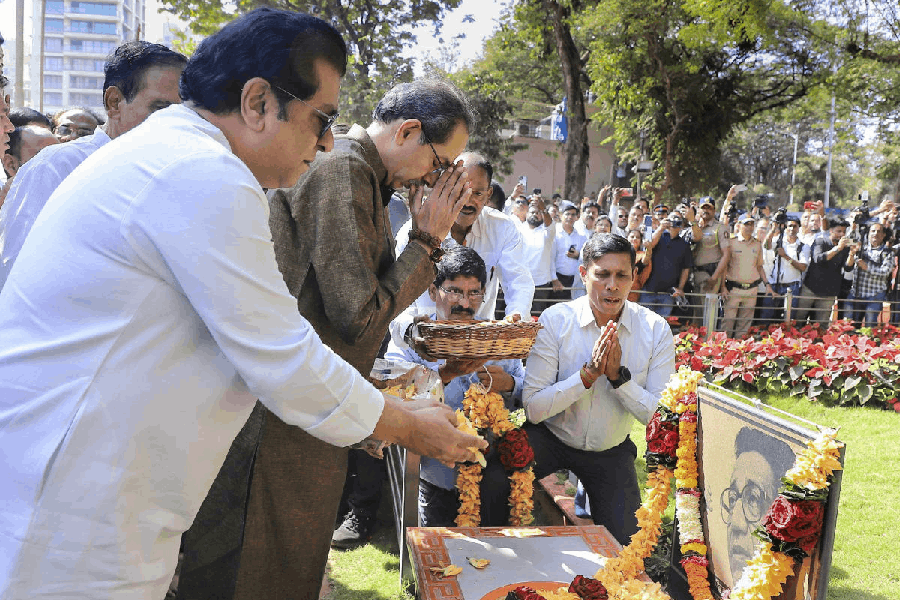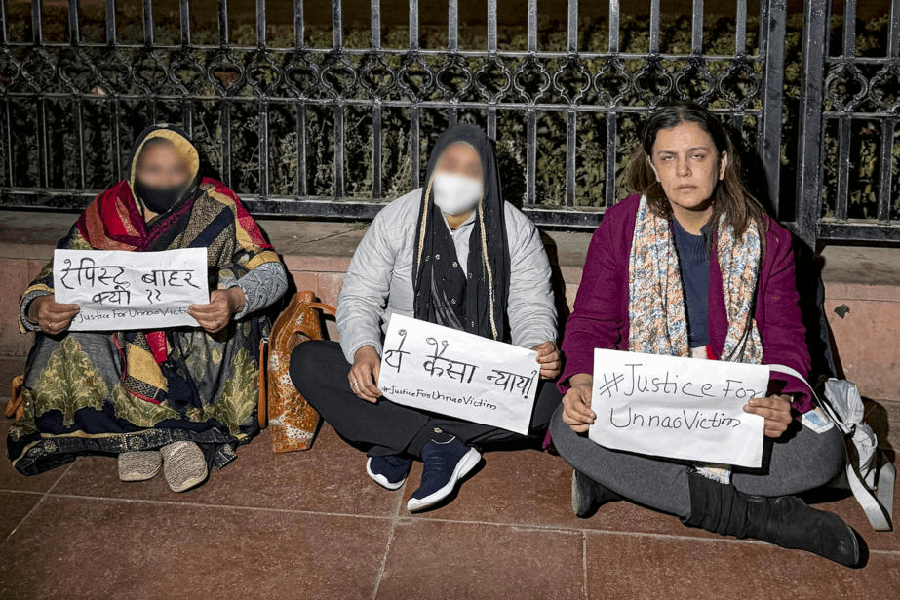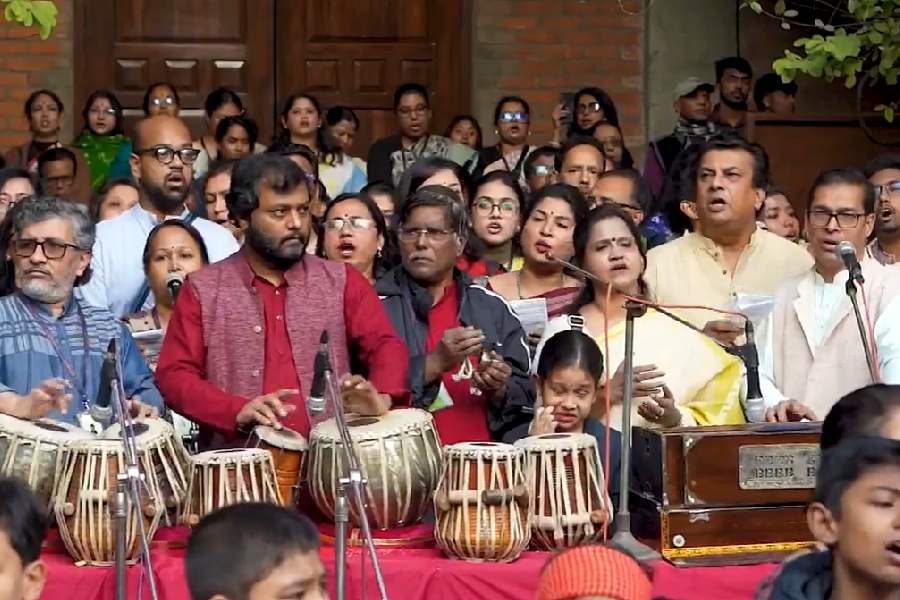 |
| The area where the golf course once existed at Tiger Hill. The picture (by Suman Tamang) was taken on Tuesday, a day before the snowfall. |
Darjeeling, Jan. 11: One of the country’s highest golf courses at Tiger Hill in Darjeeling is set to be revived with the state tourism department inviting an expression-of-interest from both national and international firms.
The move to restore the golf course will not only help promote high-end tourism but will also bring into focus the racecourse at Lebong that has been defunct for more than two decades.
“We have already called for an expression-of-interest to revive the golf course at Tiger Hill. The response has been tremendous with both national and international firms evincing interest in the project. Some of the firms have also visited the area,” Raghvendra Singh, the principal secretary of the West Bengal Tourism Department, told The Telegraph over the phone from Calcutta.
He said once the firms were short-listed, they would be asked to give a presentation after January 16.
Sources said Singh had taken the initiative to revive the nine-hole golf course. “I remember playing at the Tiger Hill course when I was posted in Darjeeling in the mid-80s (as the additional district magistrate),” said Singh.
Tiger Hill is situated at an altitude of 8,100 ft.
The golf course in Darjeeling was built around 1900. “It was leased out to a club called Golf Links in 1907 by the then district commissioner for 99 years,” said Jordan Norbu, a golfer from Darjeeling.
After the British left the country in 1947, Golf Links had virtually become defunct. However, the army personnel used the turf till the late1980s. They left the area as documents proved that the land belonged to the Darjeeling Improvement Fund (district administration).
The turf was further trampled in the mid-90s, when DGHC chairman Subash Ghisingh moved in excavators and flattened a portion of Tiger Hill to construct a helipad. However, with Ghisingh failing to obtain the necessary clearance from the ministry of environment and forest, the helipad project was shifted to Dooteriya, about 20km from Darjeeling.
Norbu and his friends are now trying to revive the club. “We want to call it the Darjeeling Golf Links and we have already applied for its registration,” said Norbu.
“An expert who designs golf courses did visit Tiger Hill recently and told us that the turf itself had not been damaged much and it could be revived. The DI Fund has 32 acres of land at Tiger Hill though we are not very sure about the total area of the golf course,” said Norbu.
Singh said the course would be made operational on a public-private-partnership (PPP) model.
“The tourism department alone won’t be able to maintain and run the course. The total investment needed to revive the course will be finalised after the presentation is made by the interested parties,” he said.
Local people say apart from the golf course, the defunct racecourse could also be added to Darjeeling’s tourism stable. “None in Darjeeling needs to be told about horse racecourse at Lebong. It would be wonderful if this course is also made functional in the days to come,” said Sujit Rai.
The racecourse had first hosted the Darjeeling Gymkhana Club races in 1925 and shut its gates in 1984. The course is presently under the army.
The horses would race for anything between three laps (1,337 metres) and four-and-a-half laps (2,080 metres). Old timers recall that Governor’s Cup, Burdwan Cup and Steward Cup used to be held in Darjeeling.
Tshering Bhutia, a race regular, had earlier told The Telegraph: “The races stopped the day Indira Gandhi was assassinated and was revived for only a season a couple of years later. Non-availability of horses of good breed used to be a major problem. The Manipuri breed is the best for the Darjeeling race course, but we had to make do the with local (panther) breed.”










